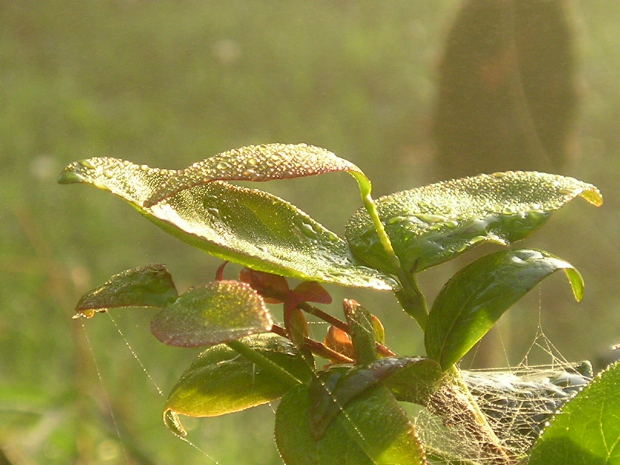 Loading... Please wait...
Loading... Please wait...Save Money. Grow Your Own!
Fast Plain Box Shipping.
We ship to the US & Canada.
Grow Your Own!
Seasonal Pythium: Something to Watch Out For
Posted on 10th Aug 2014
Seasonal Pythium: Something to Watch Out For
We’ve previously talked about the types of pythium bacteria that can really have a devastating effect on plants – however, sometimes it’s not enough to simply tell growers to avoid this kind of threat. It’s helpful for these growers have a more nuanced understanding of how pythium can attack plants and on what level they should prepare for this kind of bacterial infestation.

Fluctuations in Pythium Levels
Some scientific journals have found that in natural climates and environments, there are actually changes in the levels of pythium bacteria that occur throughout the year – for a fully sealed hydroponics system, this isn’t a problem, but for a hydroponics system that may operate in an unsealed grow space, or where plants provide for air circulation, there is a possibility that these seasonal changes may lead to sudden pythium damage.
Signs of Pythium
The kinds of signs the growers should look out for in seasonal pythium are the same ones that generally indicate excessive harmful bacteria in the plant environment – plant roots that are healthy and white may become brown and discolored or change their texture, withering or collapsing and generally appearing insufficient to carry water to the plant. Leaves may also be affected and get discolored, and plant growth may be stunted. When you see these signs, it’s time to act quickly to avoid a total loss of a crop.
Ask your hydroponic retailer for more helpful tips on how to combat pythium and prevent this kind of blight in your hydroponics system. Extra features can enhance security for plants and lower your chances of encountering these types of dangerous bacteria in full swing.
